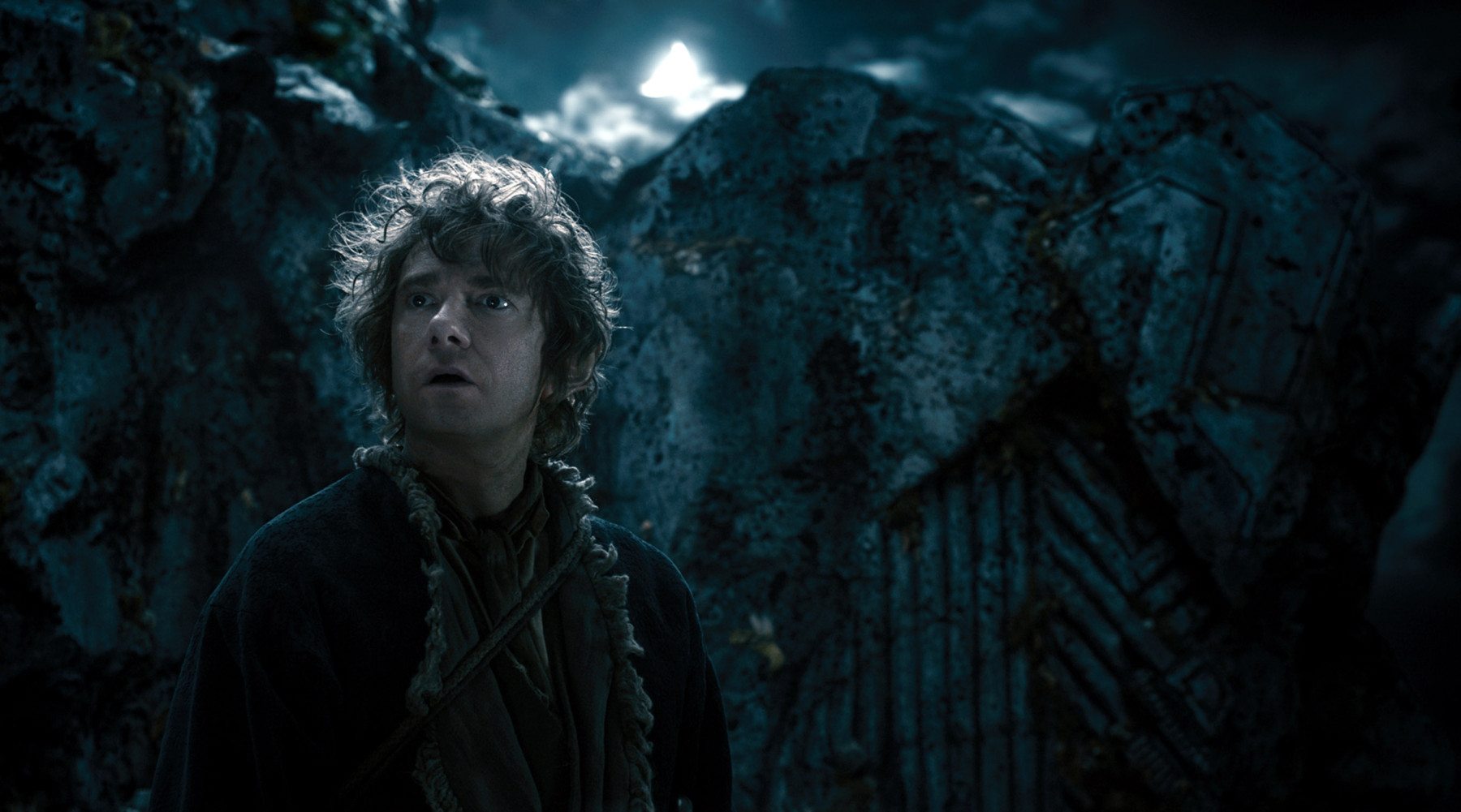The Hobbit: The Desolation of Smaug
Director: Peter Jackson
Cast: Martin Freeman, Richard Armitage, Ian McKellen
Length: 110 minutes
Country: USA/New Zealand
A year on from the release of An Unexpected Journey, the first in the hard to justify trilogy of The Hobbit, the opinion of that film is most definitely not as warm as it was following immediate release. It was criticised for its severe pacing issues culminating in an underwhelming experience. However, it was nonetheless a welcome return to J.R.R. Tolkein’s world of Middle Earth through the eyes of Peter Jackson. The second instalment, The Desolation of Smaug, has had a distinct lack of buzz surrounding it. No one quite seems to be in the same rush to see it as they were last Christmas, but how does the film compare to its opening instalment? Is it the awkward middle child, or is there enough here to make that return worthwhile?
We rejoin the action as Thorin (Richard Armitage) continues to lead his band of dwarves, along with Bilbo (Martin Freeman) and Gandalf (Ian McKellen) towards to the Lonely Mountain in order to regain his kingdom. Though, there is much to contend with before they reach their destination, as they still have a pack of Orcs on their tail. If that wasn’t enough, they soon encounter arrogant Elves, with a certain Legolas (Orlando Bloom) amongst them, before moving on to the quaint Laketown of Esgaroth, their last stop before the Lonely Mountain. Once there, Bilbo must finally do what he joined that company to do; act as a burglar and take the Arkenstone from underneath the nose of the fearsome dragon, Smaug (Benedict Cumberbatch).
The Desolation of Smaug has a major detail working against it. It is the second film in a trilogy of films that was never meant to be a trilogy. It is a factor that does harm the outcome of the final result. While certainly much more urgent in pacing compared to An Unexpected Journey, the film feels far too padded with sub-plots that are rather hard to care about, and only distract from the more interesting and involving central plot. Chief among these are those pesky Elves. Already having caused uproar amongst Tolkein purists, the inclusion of Legolas and a Jackson original character, Tauriel (Evangeline Lilly) leads to an unconvincing love triangle, and two of the more laughable performances that we have seen in this franchise. While good for a fair few action beats, Legolas’ presence simply doesn’t work and is a huge distraction from the main quest, the one which Jackson should be more concerned with.
Smaug is breath-takingly realised on the big screen, with absolutely astounding effects work and a suitably dark and vicious performance from Cumberbatch
That is my main concern with the way in which this instalment has played out. At this point, building up to the final instalment, I should feel a great deal of investment in these characters and the main quest. However, I feel that investment is lacking. There is a significant lack of attachment compared to The Lord of the Rings trilogy, and that has to come down to the structuring of this trilogy. Each of the LOTR’s movies benefited from working from an individual book, all of them felt like they had a three act structure within them whilst also serving to lay out the playing field for the next instalment. The middle section of this trilogy suffers from the sense that it contains events that can only be described as needless padding. While it does set the stage for what should be a rather action-packed finale, it lacks a structure to work as a film on it’s own. And to be honest this is not a film. It is simply a sequence of set pieces of varying levels of excitement, which starts and then ends. It does little work in the realm of character development, down to the fact that it has too many characters to contend with, with Luke Evans’ Bard the Bowman proving to be the only welcome new addition. It is all spectacle, and not much else. Thankfully, Jackson knows how to do spectacle unlike any one else.
If a film is going to be pure spectacle, it has to be great, and thankfully Desolation provides. Through the use of sophisticated (if at times ropey) special effects, and an excellent eye for visuals, Jackson provides some of the best action that we have seen in Middle Earth. The barrel escape is a whole lot of fun, and reminds one just how good Legolas is in a fight, but it is in the final third that the film truly comes alive. I am, of course, talking about the dragon. The sequence within the mountain is simply stunning. Smaug is breath-takingly realised on the big screen, with absolutely astounding effects work and a suitably dark and vicious performance from Cumberbatch. Jackson also mounts the scene with style and panache, building a great degree of tension. It is a shame then that we have to trudge through an awful amount to get there.
The Desolation of Smaug is undoubtedly fun, and is a darn sight more exciting than An Unexpected Journey. Does that necessarily make it better though? An Unexpected Journey, despites its issues, at least dedicated time to crafting Bilbo as its central hero, but even he is lost in the shuffle within this instalment (regardless of Freeman’s once again pitch perfect performance). Desolation signifies that this franchise is not a patch on LOTR and it does not work on the same level by any means. A visual treat, but lacking the emotional intensity of the Rings trilogy, Desolation does not quite amount to the experience it should have been.

Comments (1)
I disagree
https://filmreviewonline.com/2013/10/01/hobbit-the-desolation-of-smaug-trailer-2-official-details/
Friendly, Kathryn